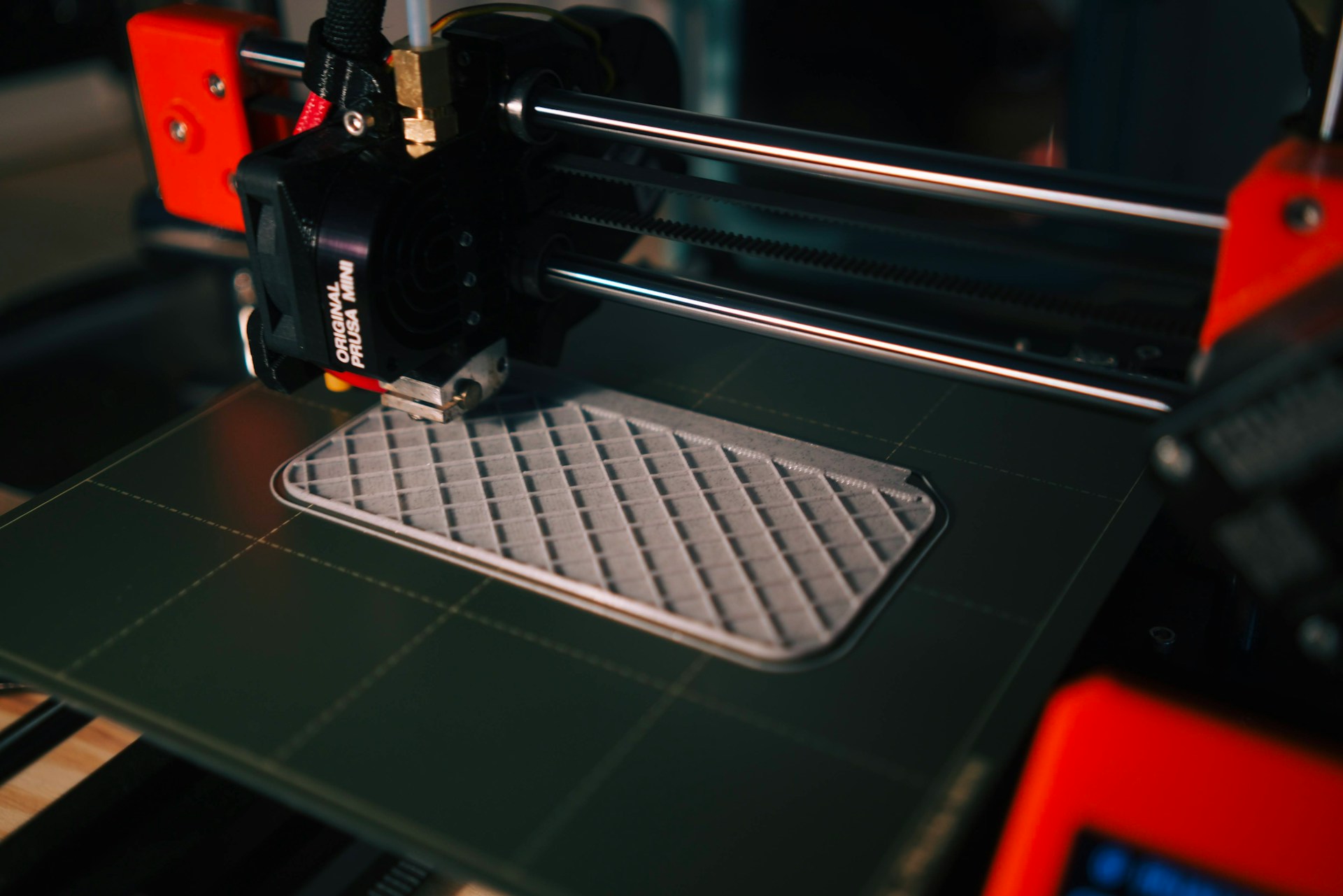Introduction
3D printing, also known as additive manufacturing, has revolutionized the way we create objects. From rapid prototyping to intricate designs, 3D printers offer endless possibilities. In this guide, we’ll explore the history, processes, and market growth of 3D printing.
A Brief History
The roots of 3D printing trace back to the 1980s, when it was primarily used for industrial purposes. The first patent for a 3D printer was issued to Charles Hull in 1986, marking the birth of the technology. Initially, 3D printers focused on creating scale models using computer-aided design (CAD). As patents expired, consumer-friendly 3D printers emerged, making this technology accessible to hobbyists and enthusiasts.
How 3D Printing Works
- Additive Manufacturing Process:
- 3D printers build objects layer by layer. Each layer adds to the previous one, creating a three-dimensional structure.
- Most consumer 3D printers use thermoplastic inks, which become soft and pliable within a specific temperature range and then solidify when cooled.
- Components of a 3D Printer:
- Print Bed: The surface where the object is printed. It’s often covered with adhesive material and may need to be heated to minimize distortion.
- Extruder: The part that deposits the ink onto the print bed.
- Microcontroller: Controls the nozzle position based on commands from the print file.
- Connectivity: Some printers have USB ports for reading files from drives, while others interface with external computers.
Key Features to Consider When Buying a 3D Printer
- Print Quality:
- Look for high layer resolution (measured in microns) and print speed.
- Consider the type of printing technology (FDM, SLA, etc.).
- Filament Compatibility:
- Ensure the printer supports the filament materials you plan to use (e.g., PLA, ABS, PETG).
- Build Volume:
- Choose a printer with a build volume that accommodates the size of objects you want to create.
- Reliability and Ease of Use:
- Beginners should opt for reliable and user-friendly printers.
- Features like automatic bed leveling enhance ease of use.
- Additional Features:
- Wireless connectivity, touchscreen interfaces, and advanced settings.
Top 3D Printers Available Today
1. ELEGOO Saturn S 4K Mono:
- Resolution and Speed: The ELEGOO Saturn S features a 9.1-inch 4K HD Monochrome LCD with a resolution of 4098 x 2560. This high-resolution screen allows for faster printing, with layer times as short as 2 to 3 seconds per layer. The vivid details of your models are beautifully restored.
- Lifespan and Energy Efficiency: The monochrome LCD technology ensures low energy consumption and heat emission, which extends the lifespan of the screen by three times compared to traditional color LCDs.
2. Creality Ender-3:
- FDM Workhorse: The Ender-3 is a popular FDM 3D printer known for its reliability and performance.
- Price-to-Performance Ratio: It offers a great price-to-performance ratio, making it a favorite among makers and enthusiasts.
- Build Volume: The build volume is 220 x 220 x 250 mm, providing ample space for various projects.
- Accuracy: While being affordable, the Ender-3 still maintains fairly accurate prints.
Conclusion
Whether you’re a hobbyist, designer, or entrepreneur, 3D printing opens up a world of creativity. Choose the right printer for your needs, and start bringing your ideas to life!
Check out more articles!










